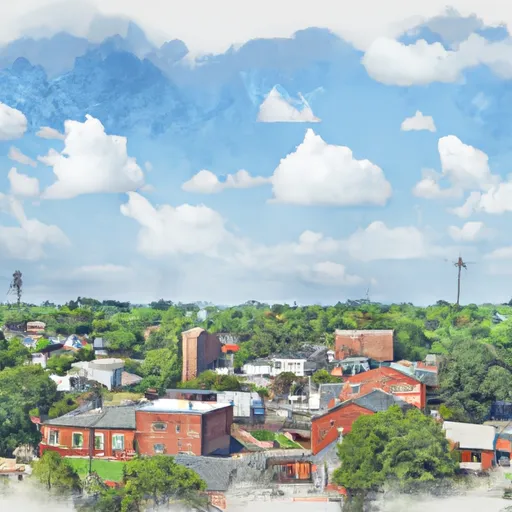°F
°F
mph
Windspeed
%
Humidity











Union, Ohio is a small town located in Montgomery County in the southwestern region of the state. The climate in Union is characterized as a humid continental climate, with four distinct seasons. Summers are typically warm and humid, while winters are cold with occasional snowfall.
Hydrologically, Union is situated near the Stillwater River, which is a tributary of the Great Miami River. This allows for various water-based recreational activities such as fishing, boating, and kayaking. The town also has several parks and green spaces, including Union Community Park, which features walking trails, playgrounds, and picnic areas.
Outdoor enthusiasts in Union can take advantage of the numerous opportunities for hiking, biking, and camping in the surrounding area. Nearby Englewood MetroPark offers over 1,900 acres of woodlands, meadows, and wetlands, providing a serene environment for nature lovers. Additionally, the region is known for its beautiful fall foliage, making it an ideal destination for leaf-peeping and photography.
In conclusion, Union, Ohio offers a diverse climate, proximity to waterways, and ample outdoor recreation opportunities, making it an attractive destination for those seeking to explore and enjoy nature.
Weather Forecast
Union receives approximately 1030mm of rain per year, with humidity levels near 81% and air temperatures averaging around 11°C. Union has a plant hardyness factor of 6, meaning plants and agriculture in this region thrive during a short period during spring and early summer. Most plants will die off during the colder winter months.
Regional Streamflow Levels
47
Cubic Feet Per Second
939
Cubic Feet Per Second
56
Cubic Feet Per Second
38
Cubic Feet Per Second
Nearby Camping
| Camping Area | Reservations | Toilets | Showers |
|---|---|---|---|
| Harrison Lake State Park | |||
| Kentucky Horse Park Campground | |||
| Fort Boonesborough State Park | |||
| W. J. Hayes State Park | |||
| Lake Hudson State Rec Area |



